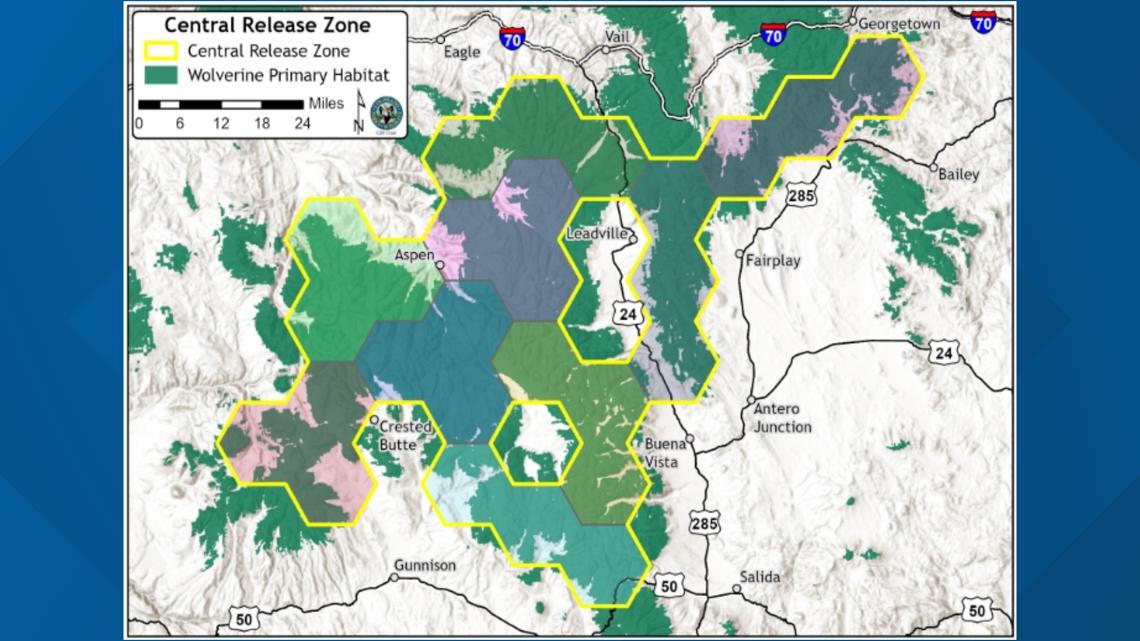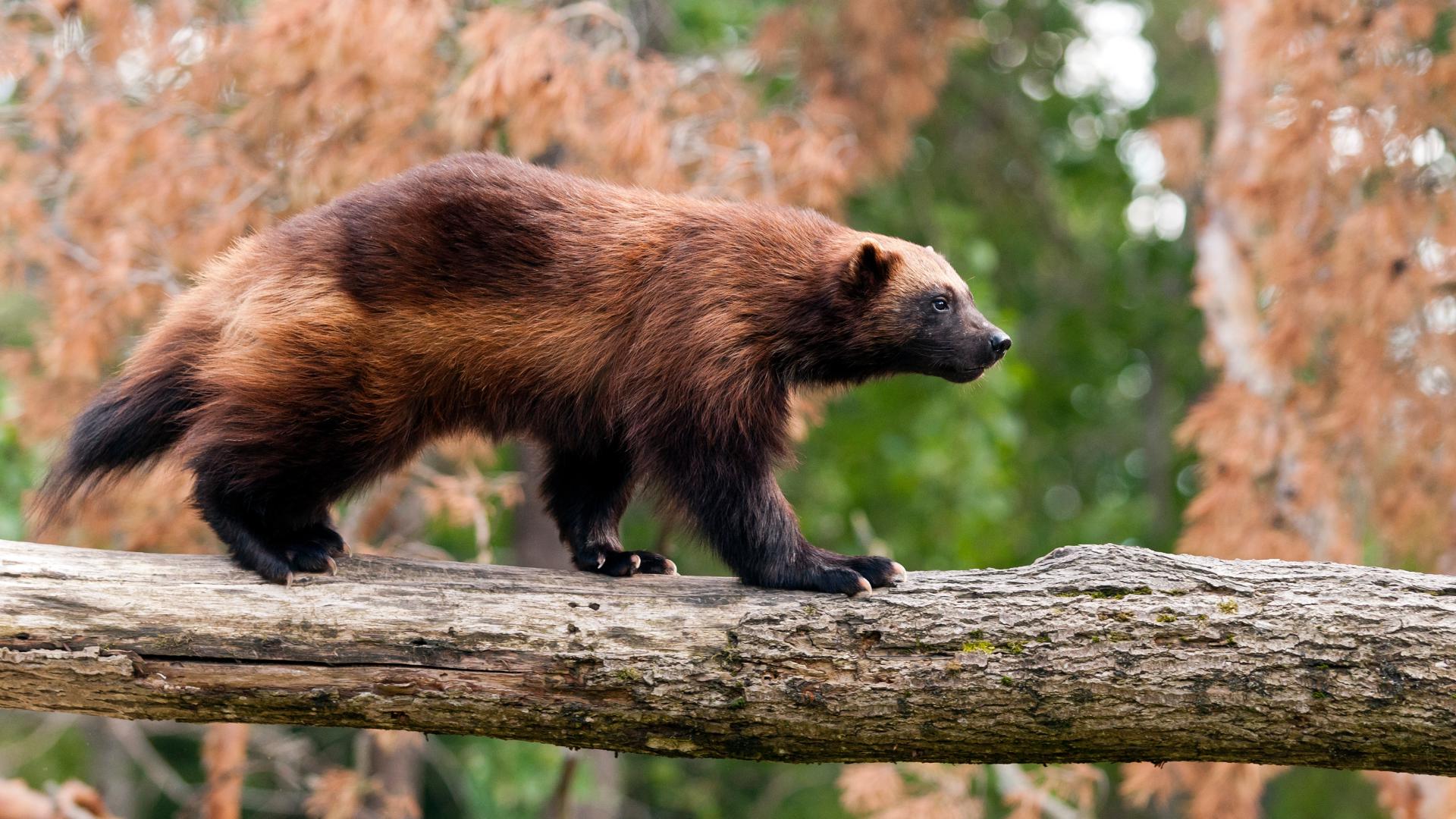DENVER — Less than a year after wolves were reintroduced in Colorado, another animal is set to make its return to the centennial state – though their reintroduction efforts took very different paths.
Wolverines are set to be reintroduced after a bipartisan bill passed easily through the state legislature. That bill, sponsored by Sens. Dylan Roberts (D) and Perry Will (R), had little resemblance to Colorado’s controversial grey wolf reintroduction.
“It was done a lot differently, and I think this was done the right way,” Roberts said.
Unlike the wolf reintroduction, which Colorado voters passed at the ballot box, the wolverine reintroduction was done as a bill in the legislature. Roberts, who represents areas in the mountains where wolverines will be reintroduced, said that allowed for more stakeholders to be involved.
“I had a lot of hesitancy about being involved in this legislation at first because of the wolf reintroduction process and the troubles that has caused, especially in my district,” Roberts said. “Doing this through a legislative route allows us to put in all of the protections that are needed, get all the tough questions answered, and make sure it’s not rushed like the wolves were.”
Wolverines are solitary scavengers that live at high elevations, far removed from human population centers. They are not known to prey on livestock, which made this reintroduction less controversial.
"Wolverines are weasels. They prey on dead carcasses, and rodents and birds, and they do not have a history of killing livestock,” Roberts said. “So it won’t have an impact on agriculture producers in Colorado and is a species that will have minimal impact when we reintroduce them.”


Megan Mueller, a Rocky Mountain Wild biologist, said fewer than 400 wolverines live in the lower 48 states and that this is the first time a wolverine reintroduction has been done.
Unlike the wolf reintroduction, Colorado Parks and Wildlife does not have a hard deadline for reintroduction. Wolverines will likely be sourced from Canada or Alaska where numbers are stronger, Mueller said.
> Find more information from Colorado Parks and Wildlife.
SUGGESTED VIDEOS: Animals and Wildlife

